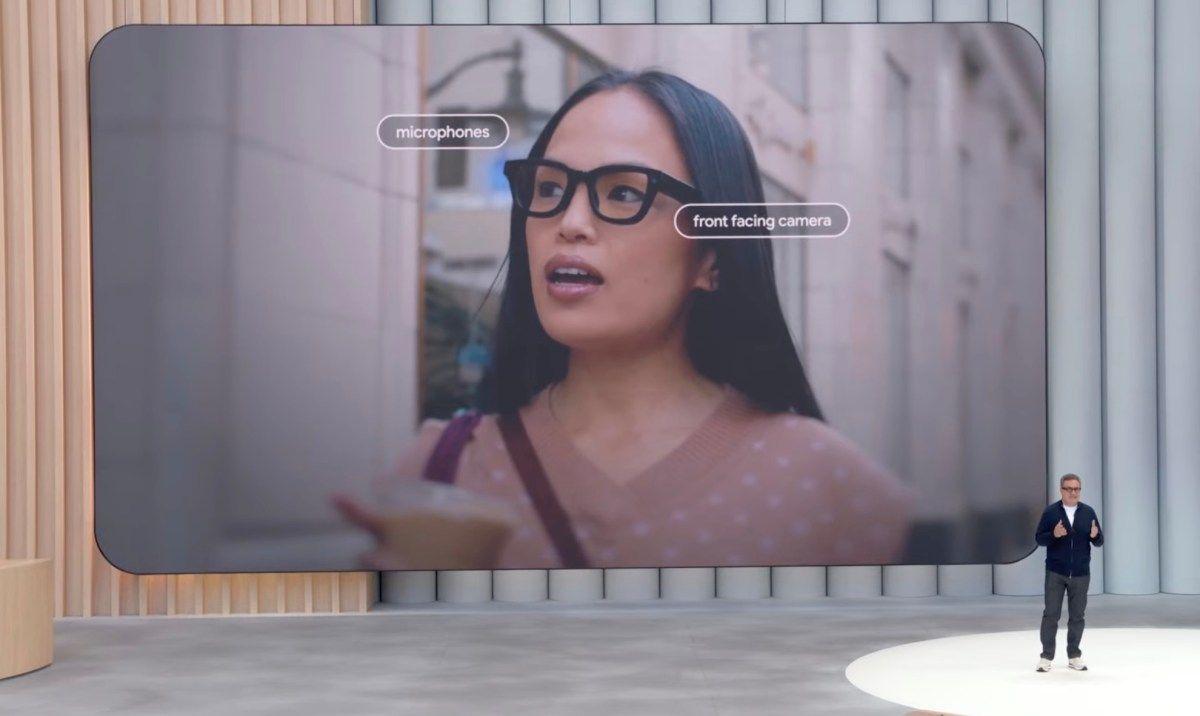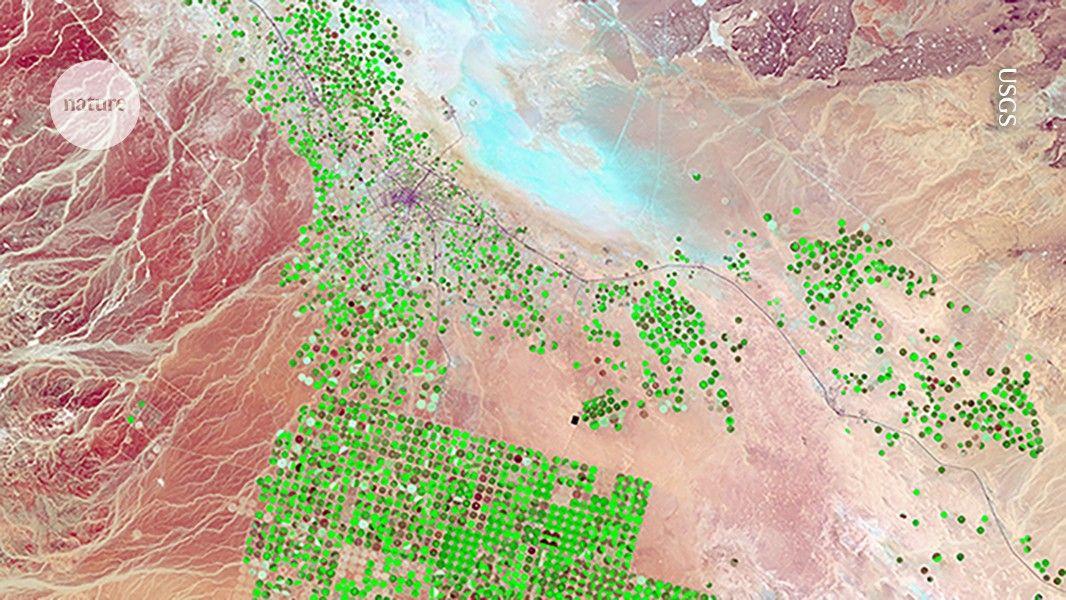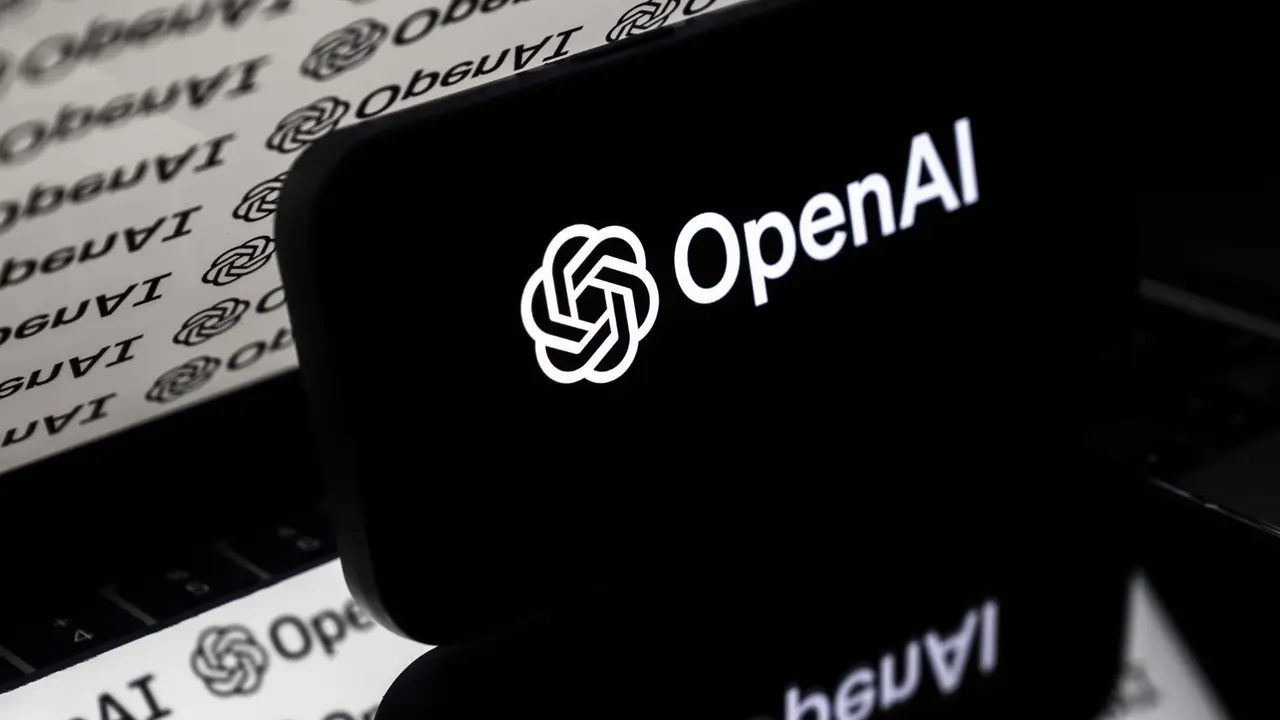Researchers Criticize "Digital Twin of Earth" Concept, Highlighting Limitations of AI-Powered Climate Models
2 Sources
2 Sources
[1]
Digital Twins of the Earth is a misleading term as computer models are always a simplified representation of reality
The term Digital Twin of the Earth creates the idea of the availability of a highly accurate virtual copy of our planet, enabling researchers to predict the most complex future climate developments and extreme natural events. In fact, such a replica -- or model representation of the Earth systems -- is the goal of the Destination Earth project, funded by the European Union. This flagship initiative was launched in 2022 as a key pillar of the European Commission's efforts towards the Green Deal -- not without attracting criticism. "We have seen various highly critical papers and reports on the subject recently, and we are joining this discussion," said Professor Robert Reinecke of Johannes Gutenberg University Mainz (JGU). In an article published in Socio-Environmental Systems Modelling, Reinecke and his co-authors point out the lack of a clear definition of the term "Digital Twin of the Earth," which may be misleading. "All digital representations of our planet are model representations. As such, they will always be detached from reality -- as a map can never fully replicate the land it depicts," said Reinecke. Being an expert in the field of Earth system modeling, the Mainz-based geoscientist values the new detailed simulation models as tools to interrogate and assess theories about the world in ways not possible otherwise. At the same time, however, new methods and methodology are required to ensure that these models are appropriately used and interpreted. EU initiative Destination Earth to help climate change adaptation Destination Earth (DestinE) is a flagship initiative of the European Commission, aiming to develop a highly accurate digital model of the Earth -- a digital twin of our planet. It is based on Europe's High-performance computers (EuroHPC), including the LUMI supercomputer in Finland, as well as on Artificial Intelligence capacities. DestinE is now creating several digital replicas covering various aspects of the Earth system. By 2030, a full digital replica of the Earth should be available, which would then contribute to more accurate monitoring and predicting of the effects of climate change and natural disasters and support the design of adaptation strategies and mitigation measures. The Digital Twin concept has found its way into other fields as well: the German Federal Agency for Carthography and Geodesy is currently working on a digital, intelligent 3D image of Germany and the German federal state of Rhineland-Palatinate is running a digital "hydro-twin" project. Misleading term for impossible representation of reality / Understanding the differences between the world and scientific modeling Professor Robert Reinecke and his two co-authors, Professor Francesca Pianosi of the University of Bristol in the UK and Alexander von Humboldt Professor Thorsten Wagener of the University of Potsdam, consider the term Digital Twin of the Earth problematic and inappropriate because "it suggests that we can create a digital representation that allows us to stress-test the structural properties of the Earth system with any desired degree of accuracy and precision," as they pointed out in their paper in Socio-Environmental Systems Modelling. That is not the case, however, "as every model is a simplification of reality, and its creation requires simplifying assumptions that will unavoidably lead to uncertainties," the researchers continued. "We thus recommend refraining from using the term Digital Twin of the Earth," said Reinecke. Investing in methods to ensure appropriate use of models and data Reinecke and his team at the JGU Institute of Geography work with models that encompass the whole planet, and he understands the motivation of the EU initiative. Simulation models are excellent digital laboratories that allow researchers to interrogate and check their assumptions about the world in ways otherwise not possible in real-world experiments. According to Reinecke, however, the creation of new models with higher resolutions will not necessarily lead to an improvement in knowledge and results. Moreover, new complex models need new methodologies that will enable researchers to apply them. Simulation models usually need to be run over and over again, thousands to millions of runs, in order to understand how a model works and what factors play a role -- whether, for instance, certain input data has a particular effect on the model results. "We need to invest in new methodologies and methods that will ensure that we use them appropriately. We have sketched out preliminary ideas already and my team and I will continue to work on this in future." Finally, Reinecke and his co-authors state the question whether a Digital Twin of the Earth itself could represent a risk in that the "reductionist view of nature as a machine" may lead to the erosion of democratic principles "as they may end up being used as political instruments for justification and control." In this connection, the authors cite the cautionary tale of the map maker who is commissioned to create the perfect map. As they state in their contribution to Socio-Environmental Systems Modelling: "Such a map is as impossible as a perfect digital representation of reality. Scientists and decision-makers alike should not fall for this fallacy."
[2]
Digital twins of the Earth: Researchers are critical of the term
The term "digital twin of the Earth" creates the idea of the availability of a highly accurate virtual copy of our planet, enabling researchers to predict the most complex future climate developments and extreme natural events. In fact, such a replica -- or model representation of the Earth systems -- is the goal of the Destination Earth project. This flagship initiative was launched in 2022 as a key pillar of the European Commission's efforts towards the Green Deal -- not without attracting criticism. "We have seen various highly critical papers and reports on the subject recently, and we are joining this discussion," said Professor Robert Reinecke of Johannes Gutenberg University Mainz (JGU). In an article published in Socio-Environmental Systems Modelling, Reinecke and his co-authors point out the lack of a clear definition of the term "digital twin of the Earth," which may be misleading. "All digital representations of our planet are model representations. As such, they will always be detached from reality -- as a map can never fully replicate the land it depicts," said Reinecke. Being an expert in the field of Earth system modeling, the Mainz-based geoscientist values the new detailed simulation models as tools to interrogate and assess theories about the world in ways not possible otherwise. At the same time, however, new methods and methodology are required to ensure that these models are appropriately used and interpreted. EU initiative Destination Earth to help climate change adaptation Destination Earth (DestinE) is a flagship initiative of the European Commission, aiming to develop a highly accurate digital model of the Earth -- a digital twin of our planet. It is based on Europe's High-performance computers (EuroHPC), including the LUMI supercomputer in Finland, as well as on Artificial Intelligence capacities. DestinE is now creating several digital replicas covering various aspects of the Earth system. By 2030, a full digital replica of the Earth should be available, which would then contribute to more accurate monitoring and predicting of the effects of climate change and natural disasters and support the design of adaptation strategies and mitigation measures. The digital twin concept has found its way into other fields as well: the German Federal Agency for Carthography and Geodesy is currently working on a digital, intelligent 3D image of Germany and the German federal state of Rhineland-Palatinate is running a digital "hydro-twin" project. Professor Robert Reinecke and his two co-authors, Professor Francesca Pianosi of the University of Bristol in the UK and Alexander von Humboldt Professor Thorsten Wagener of the University of Potsdam, consider the term "digital twin of the Earth" problematic and inappropriate because "it suggests that we can create a digital representation that allows us to stress-test the structural properties of the Earth system with any desired degree of accuracy and precision," as they point out in their paper. That is not the case, however, "as every model is a simplification of reality, and its creation requires simplifying assumptions that will unavoidably lead to uncertainties. We thus recommend refraining from using the term 'digital twin of the Earth,'" said Reinecke. Investing in methods to ensure appropriate use of models and data Reinecke and his team at the JGU Institute of Geography work with models that encompass the whole planet, and he understands the motivation of the EU initiative. Simulation models are excellent digital laboratories that allow researchers to interrogate and check their assumptions about the world in ways otherwise not possible in real-world experiments. According to Reinecke, however, the creation of new models with higher resolutions will not necessarily lead to an improvement in knowledge and results. Moreover, new complex models need new methodologies that will enable researchers to apply them. Simulation models usually need to be run over and over again, thousands to millions of runs, in order to understand how a model works and what factors play a role -- whether, for instance, certain input data has a particular effect on the model results. "We need to invest in new methodologies and methods that will ensure that we use them appropriately. We have sketched out preliminary ideas already and my team and I will continue to work on this in future." Finally, Reinecke and his co-authors state the question whether a digital twin of the Earth itself could represent a risk in that the "reductionist view of nature as a machine" may lead to the erosion of democratic principles "as they may end up being used as political instruments for justification and control." In this connection, the authors cite the cautionary tale of the map maker who is commissioned to create the perfect map. As they state in their contribution to Socio-Environmental Systems Modelling: "Such a map is as impossible as a perfect digital representation of reality. Scientists and decision-makers alike should not fall for this fallacy."
Share
Share
Copy Link
Scientists argue that the term "Digital Twin of Earth" is misleading, as computer models cannot fully replicate the complexity of our planet. They call for more realistic expectations and improved methodologies in Earth system modeling.

Researchers Challenge "Digital Twin of Earth" Concept
A team of scientists, led by Professor Robert Reinecke of Johannes Gutenberg University Mainz (JGU), has raised concerns about the term "Digital Twin of the Earth" and its implications for climate modeling and policy-making. In a paper published in Socio-Environmental Systems Modelling, the researchers argue that this concept creates unrealistic expectations and may be misleading
1
2
.The Destination Earth Project and Its Ambitions
The European Union's Destination Earth (DestinE) project, launched in 2022, aims to develop a highly accurate digital model of the Earth using advanced supercomputers and artificial intelligence. By 2030, the project hopes to create a full digital replica of the Earth to improve climate change monitoring, prediction, and adaptation strategies
1
2
.Limitations of Earth System Models
Professor Reinecke and his colleagues, including Professor Francesca Pianosi of the University of Bristol and Professor Thorsten Wagener of the University of Potsdam, emphasize that all digital representations of our planet are model representations and will always be detached from reality. They argue that the term "Digital Twin of the Earth" is problematic because it suggests the possibility of creating a digital representation that can stress-test the Earth's systems with any desired degree of accuracy and precision
1
2
.The Need for New Methodologies
While acknowledging the value of detailed simulation models as tools for testing theories about the world, the researchers stress the importance of developing new methods and methodologies to ensure appropriate use and interpretation of these models. They point out that creating models with higher resolutions does not necessarily lead to improved knowledge and results
1
2
.Risks and Ethical Concerns
The paper also raises concerns about the potential risks associated with the concept of a Digital Twin of the Earth. The authors warn that a reductionist view of nature as a machine could lead to the erosion of democratic principles if these models are used as political instruments for justification and control
1
2
.Related Stories
Recommendations for Scientists and Decision-makers
Professor Reinecke and his team recommend refraining from using the term "Digital Twin of the Earth" due to its misleading nature. They emphasize the need for scientists and decision-makers to recognize the limitations of digital representations and avoid falling for the fallacy of perfect modeling
1
2
.Future Research Directions
The researchers call for investment in new methodologies and methods to ensure the appropriate use of complex Earth system models. Professor Reinecke's team at the JGU Institute of Geography is already working on preliminary ideas to address these challenges and plans to continue this work in the future
1
2
.As the scientific community grapples with the limitations and potential of advanced Earth system modeling, this critique serves as a reminder of the importance of maintaining realistic expectations and developing robust methodologies in the face of increasingly complex climate challenges.
References
Summarized by
Navi
[1]
Related Stories
Recent Highlights
1
AI Chatbots Sway Voters More Effectively Than Traditional Political Ads, New Studies Reveal
Science and Research

2
Google AI glasses set to launch in 2026 with Gemini and Android XR across multiple partners
Technology

3
EU Launches Antitrust Probe Into Google's AI Training Practices and Content Usage
Policy and Regulation








